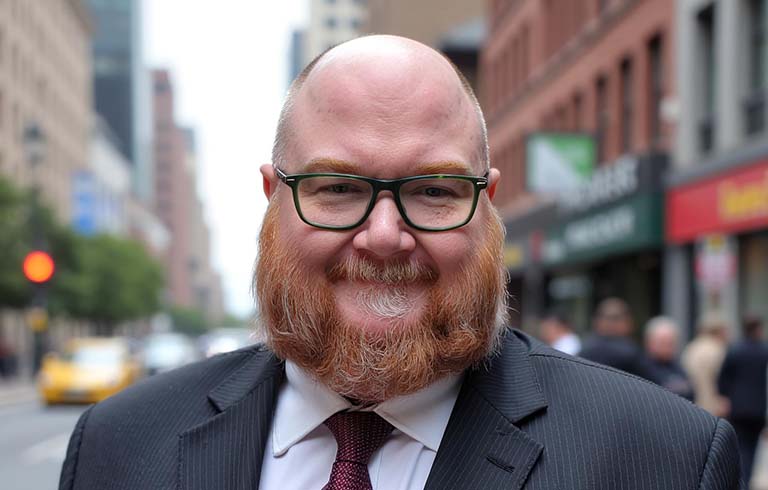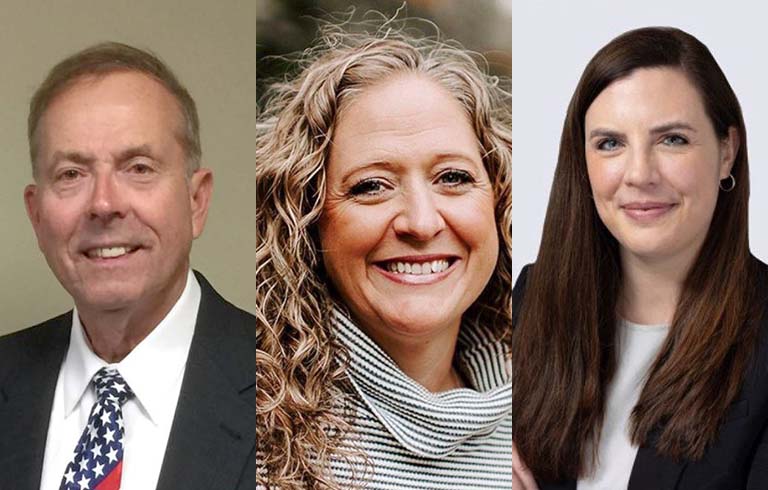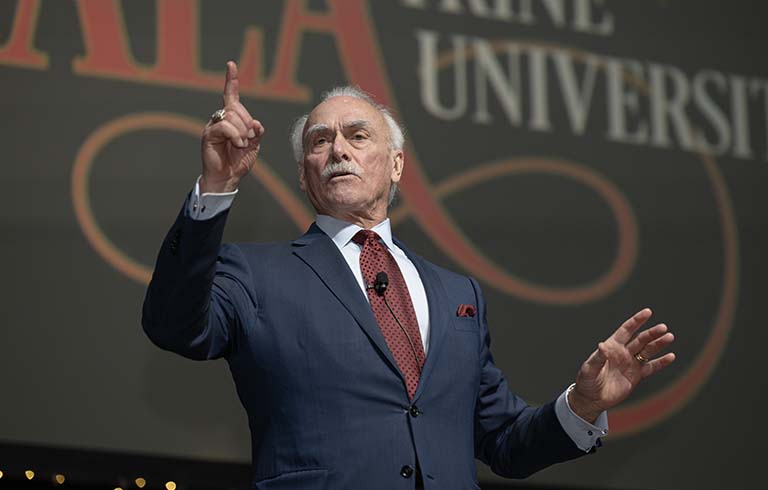By Annabelle Elder
communications ’17
Several Trine University engineering students attended the National 2016 Biomedical
Engineering Society annual meeting from Oct. 5-8 at the Minneapolis Convention Center
in Minneapolis, Minnesota.
Members of Trine’s Biomedical Engineering Society who attended were Michael Forthofer,
Joshua Kline, Anna Kersey, Madison Hatkevich, and Sydney Schlafer, all of whom are
biomedical engineering majors. Garrett Benedict, a computer engineering major, also
accompanied the group on the trip.
The Biomedical Engineering Society plays a large part in students’ preparation for
a career in the biomedical engineering industry.
“Being a part of the national chapter of BMES allows me to receive updates on new
scientific discoveries that are happening in the field. I receive emails and magazines
that discuss biomedical-related issues,” said Schlafer, a sophomore.
“Our Trine chapter, on the other hand, provides a familiar niche that I can feel at
home with. I am vice president for our chapter, and I preside at our meetings, as
well as supervise membership promotion. The Trine BMES chapter's main goal is to recruit
BMES students in order to create an environment that focuses on biomedical engineering,
and challenges each member to continue to pursue a biomedical engineering degree,”
she added.
When it came time to sign up for the national conference, the students were eager
to go on the trip.
“Dr. Maria Gerschutz and Dr. Melanie G. Watson, our advisors, pushed us to go,” said
Forthofer, the president of Trine’s Biomedical Engineering Society.
“I was mostly interested in attending the conference because of the chance to network
with the career professionals and grad schools,” said Hatkevich, a junior.
To prepare for the trip, the students had to put in a fair amount of work.
Benedict and Kline were the only seniors to attend the conference. They had performed
the research for the group’s poster presentation over the course of a year. Their
presentation was part of the SmartMed case project.
“We had to prepare a presentation poster for our design as well as analyze an abundance
of blood samples,” said Benedict.
“The SmartMed Case project is one of two biomedical engineering senior design projects
that we offer our seniors. The presentation was directly related to the research that
the previous year’s seniors and this year’s seniors perform. Our seniors had the opportunity
to display their hard work among graduate-level presentations from other universities,”
said Watson, who also attended the conference.
Benedict and Kline’s presentation centered on red blood cell separation on chromatography
paper using an electric field. Watson assisted them by answering questions from the
audience.
“This concept (red blood cell separation) is important because it provides proof
of a cheap way to separate blood components without having to use a hematology lab,”
said Benedict.
Many universities and industry leaders were in attendance at the conference, including Texas
A&M, Rutgers, University of Michigan, Yale and Stanford. The students were able to
meet and learn from other research while on the trip.
“The conference rooms had industry leaders and graduate students presenting innovative
research in a multitude of biomedical fields. I took away great advice for future
innovations on the design that we presented, as well as invaluable knowledge about
the biomedical industry,” said Benedict.
“Many people presented their graduate and doctoral research. A lot of graduate schools
also had representatives hang out and mingle, which was great for networking,” said
Forthofer.
Schlafer commented that there were different panels she had the opportunity to sit
in on. Those at the panels discussed research they had been conducting for the past
several years.
“Some of these panels included research on brain injuries due to concussions from
football, and others discussed their research on stem cell treatment for skin,” Schlafer
said.
Watson, who has been to the national conferences over the course of many years, said
there were more than 2,000 people present during this particular event.
“I believe all six students learned just how big biomedical engineering truly is.
There were several universities represented by faculty, graduate students and undergraduate
students from all over the world,” said Watson.
“Not only did they see and interact with the biomedical engineering community, but
they also had the opportunity to attend presentations regarding the respective fields
that they are interested in. They were also exposed to new research areas.”
Even though the students had the conference to attend, they still found time to have
fun outside of it. They were able to experience the Mall of America as well as attend
a dessert bash with conference attendees, which included social interaction and dancing.
“Overall, the conference was a great experience and super informative,” said Hatkevich.
“We had a lot of fun while still being able to learn and accomplish what we set out
to do!”


